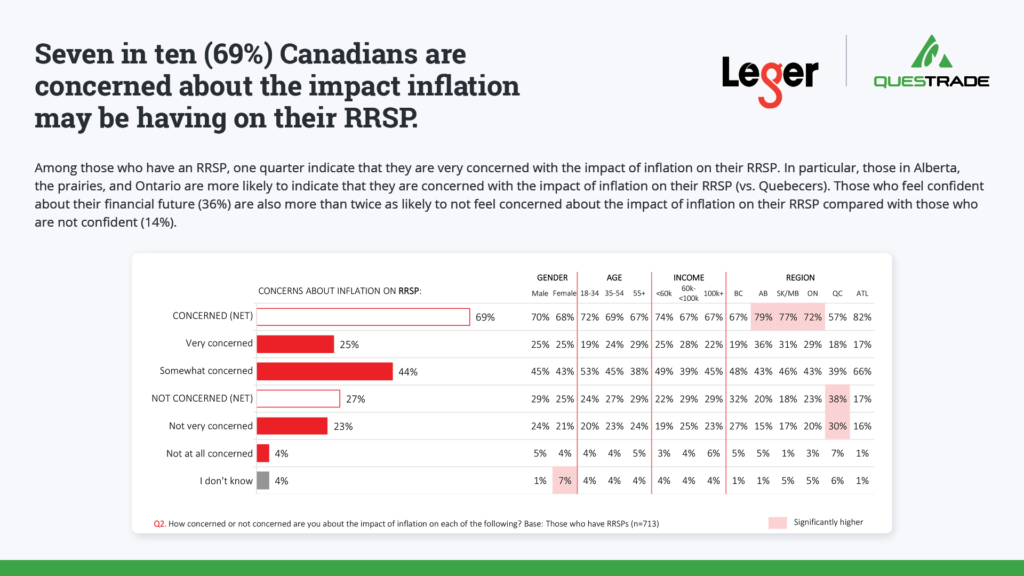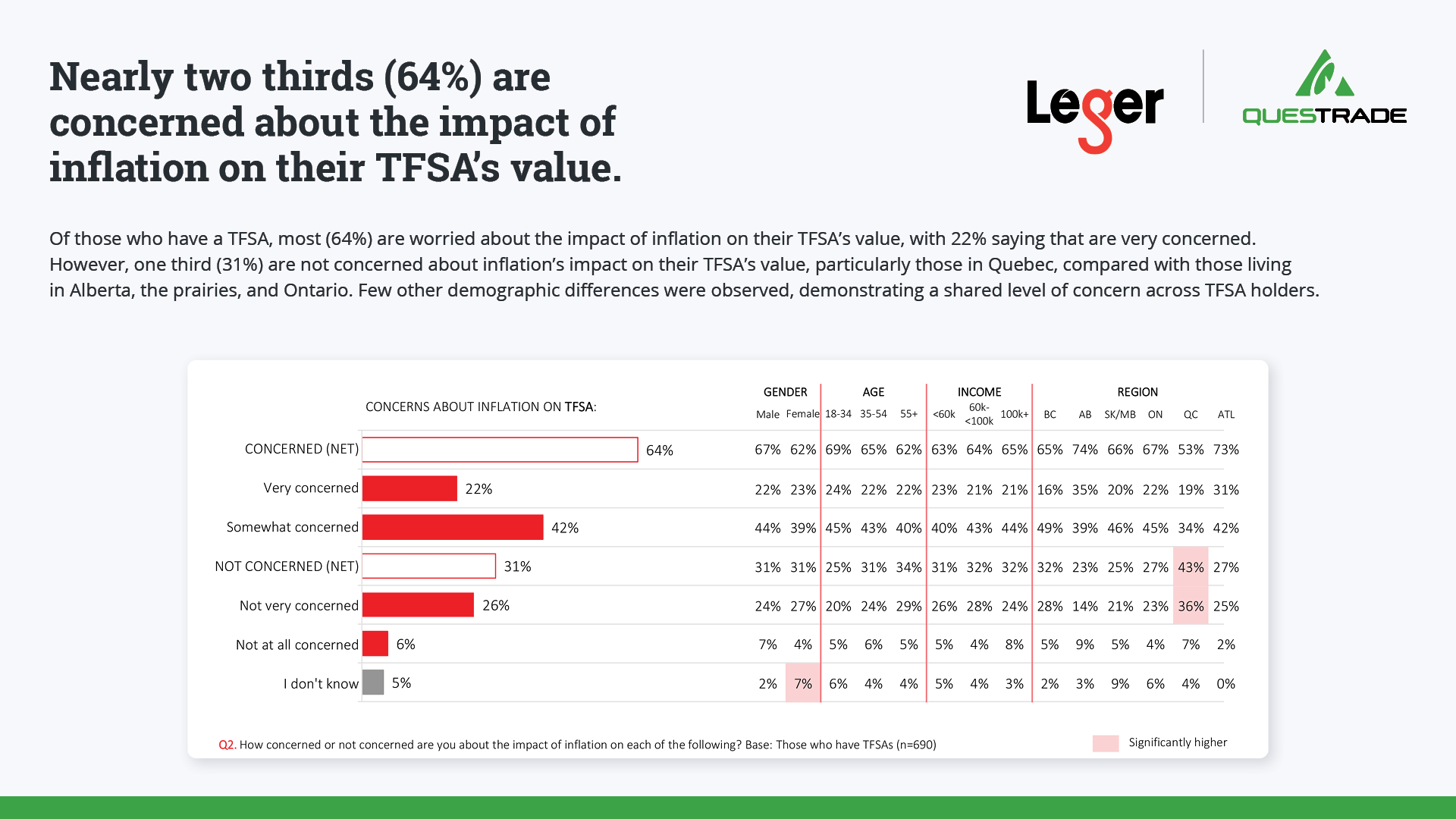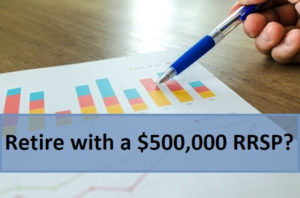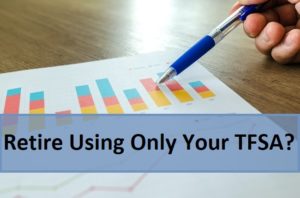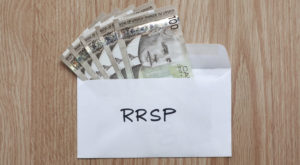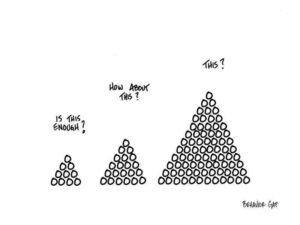
By Mark Seed, myownadvisor
Special to Financial Independence Hub
Some time ago on this site I wrote one of the biggest retirement questions is: how much is enough?
What might be our income sources, needs and wants be in retirement?
The answer to such questions are usually: it depends.
This updated post will share those details and outline how such needs and wants might be funded in our upcoming semi-retirement days – planned for sometime in 2024.
Read on and let me know your thoughts, questions or comments!
What are your income needs and wants in retirement?
It largely depends on what you’ll spend in retirement.
That’s always been step #1 in our book.
Whether you’re 35, 45 or 55, I believe it’s essential to figure out what retirement might look like to you.
Here are a few questions we’ve been working through:
1. When do we want to retire or semi-retire?
Math is helpful but I also believe we want to retire to something.
Both of my parents stopped all form of work around age 60. That may or may not work for me – literally. I like to be busy and instead of stopping work cold-turkey per se I would rather glide into semi-retirement/work on own terms and then slowly ease off the gas pedal per se whenever I want. At least that is my thinking now …
Sure, math helps: the later you retire from full time work, the longer you have to accumulate that retirement nest egg. But I believe there is also the work-optional option of part-time work in our 50s when the debt is gone and most of the assets needed for full-on retirement spending have already been accumulated.
Your mileage may vary. :-)
2. Where do we want to live in retirement or semi-retirement?
Likely Ottawa, as a home base still.
Our family is here. Most of our good friends are here or in the immediate area.
We don’t aspire to own a second home in the sunny south – too many liabilities.
We do however want to travel more/live some time abroad.
Our thinking could always change but it will be nice to have our condo bought and paid for without any debt on the books very soon and maintain it as a home base.
This means all income we do intend to make, including during semi-retirement, is for us to spend as we please.
3. What will our expenses be?
The general wisdom is that you will need somewhere between 70-80% of your current salary for living expensses in retirement. That means, if you make $100,000 combined per year, you should plan to have $70,000 to $80,000 in combined retirement income spending, as an example.
This general wisdom includes the logic that you are likely to spend less as a retiree – since you’re not commuting to work, you might have downsized your home, and/or you’re not supporting dependents.
I think these rules of thumb (like the 4% safe withdrawal rate/rule while valuable to a point) don’t make much sense when you dig further into your personal details, needs and wants. Rules of thumb are a starting point – only.
I far prefer to calculate what our fixed expenses will continue to be, during retirement, including inflationary spending, adding in some variable spending needs and wants as well.
Here is a snapshot on the former:
| Key expenses | Monthly | Annually | Semi-retirement comments ~ end of 2024??? |
| Mortgage | $2,240 | $26,880 | We anticipate the mortgage “dead” before the end of 2024. |
| Groceries/food | $800 | $9,600 | Although can vary month-to-month! |
| Dining/takeout | $100 | $1,200 | |
| Home maintenance/expenses | $700 | $8,400 | Represents 1% home value per year, increasing by inflation. |
| Home property taxes | $500 | $6,000 | Ottawa is not cheap, increasing by inflation or more. |
| Home utilities + internet/TV/cell phones, subscriptions, etc. | $400 | $4,800 | |
| Transportation – x1 car (gas, maintenance, licensing) | $150 | $1,800 | May or may not own a car long-term! |
| Insurance, including term life | $250 | $3,000 | Term life ends in 2030, will self-insure after that without life insurance. |
| Totals with Mortgage | $5,140 | $61,680 | |
| Totals without Mortgage | $2,900 | $34,800 | As you can see, once the debt is gone, we’ll be in a much better place for financial independence! |
Add in other spending/miscellaneous spending to the tune of $1,000 per month and that’s our base budget. Continue Reading…

